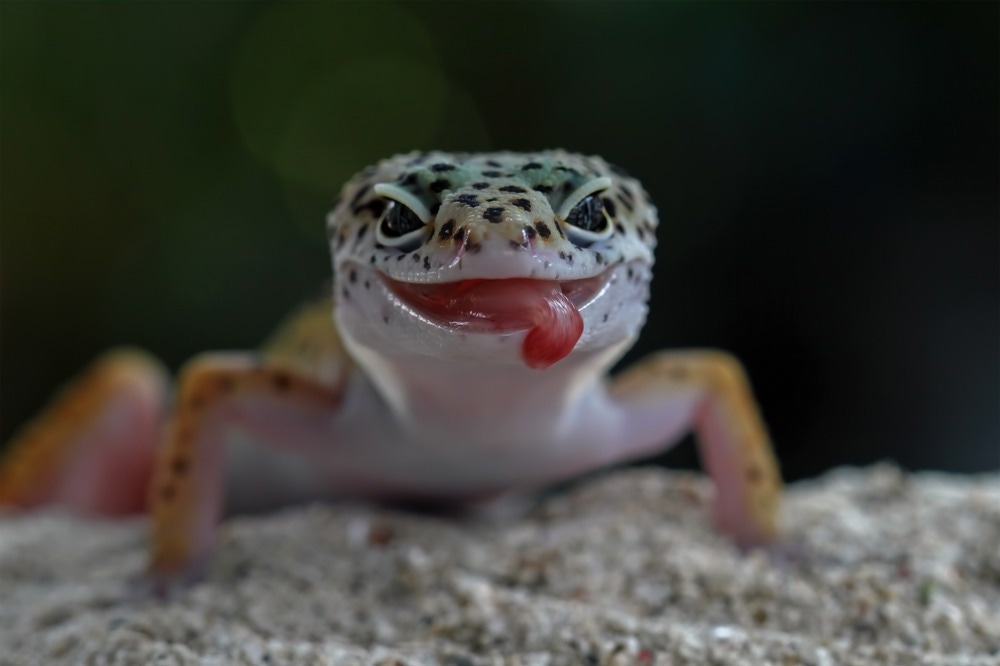A new study may have unraveled the mystery behind the shrinking size of Alaskan horses, cryptodiran turtles, and island lizards over time.

Image Credit: Agus_Gatam/Shutterstock.com
According to recent theoretical research, the degree of direct rivalry between species for resources and the likelihood of environmental extinction are the two main ecological factors that determine an animal's size throughout time.
The study published in Communications Biology explains why some species gradually become smaller, as suggested by fossil records, using computer models that simulate evolution.
Just like how we try to adapt to hot or cold weather depending on where we live, our research shows animal size can get bigger or smaller over long periods depending on the habitat or environment.”
Dr. Shovonlal Roy, Ecosystem Modeller, University of Reading
Roy continued, “In places and times where there is lots of competition between different species for food and shelter, animal sizes often get smaller as the species spread out and adapt to the distribution of resources and competitors. For example, small horses that lived in Alaska during the Ice Age rapidly shrank due to changes in the climate and vegetation.”
Where direct competition is less, sizes tend to get bigger, even though being really big and few in number can make animals more vulnerable to dying out – such as what happened with the dinosaurs. Changes in ecological factors help explain why fossil records show such confusing mixes of size evolution patterns, with some lineages shrinking over time and others growing.”
Dr. Shovonlal Roy, Ecosystem Modeller, University of Reading
Cope’s Rule
To conduct their investigation, the research team contested the inconsistencies between fossil evidence and "Cope's rule." Cope's rule describes how some animal groupings tend to evolve greater body sizes over millions and even thousands of years.
The 19th-century paleontologist Edward Cope is honored by the rule's name since he is thought to have identified this pattern in the fossil record. For instance, the current horse evolved from its small, dog-sized progenitors through an evolutionary process of size expansion. Fossil data, however, reveals strikingly contradictory patterns, with some groups seeing size increases and others experiencing size decreases.
Evolutionary Pressure
The study used computer models to simulate evolution and found three different patterns of changing body size under various circumstances:
Gradual Size Increases Over Time: This occurs when differences in niches are less important in determining competition between species than their relative body sizes. For instance, over millions of years, the size of some genera of marine animal species, such as invertebrates, gradually expanded.
Size Increase Followed by Extinctions: In this scenario, the largest animals frequently become extinct, creating chances for other species to emerge and develop even larger bodies, thereby perpetuating the cycle. Apex predators with huge bodies are most affected by mass extinctions. Particularly vulnerable to extinction are huge mammals and birds, such as giant flying reptiles and dinosaurs.
Gradual Size Decrease Over Time: The models also foresaw the species' gradual shrinkage over time, which is the opposite of Cope's rule. This occurs when there is a lot of rivalry and some overlap in the utilization of resources and habitat.
There is evolutionary pressure on animals to shrink in size as they diverge into different niches. Reductions in size have previously been documented for island lizards, bony fish, cryptodiran turtles, vertebrates, and Pleistocene horses from Alaska.
Source:
Journal reference:
Roy, S., et.al. (2024). Ecological determinants of Cope’s rule and its inverse. Communications Biology. doi.org/10.1038/s42003-023-05375-z.